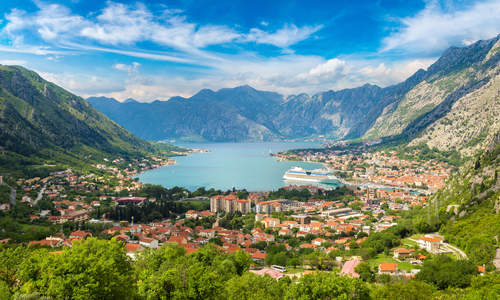Introduction
Poland sits in the heartland of Central Europe; it has acted as both a barrier and a bridge between Eastern and Western Europe over the years, especially in the twentieth century but has come through the turmoil and now exists as a country of contrasts, waiting to be discovered.
Cities such as the capital Warsaw were largely destroyed in World War II but have been rebuilt sympathetically; the Old Town was reconstructed according to original plans. Gdansk, once known as Danzig, has undergone a series of changes. Home to Poland's largest Gothic church it is also the access point for the Baltic beaches.
Krakow was largely untouched during World War II and has retained its medieval charm. Set in the wooded foothills of the Tatra Mountains, UNESCO ranks it as an historical site. The mountains themselves are home to some breath-taking scenery and are excellent trekking territory.
South of here stands Auschwitz, the Nazi concentration camp where four million people perished. Today it stands as a memorial monument to the atrocities committed here.

















